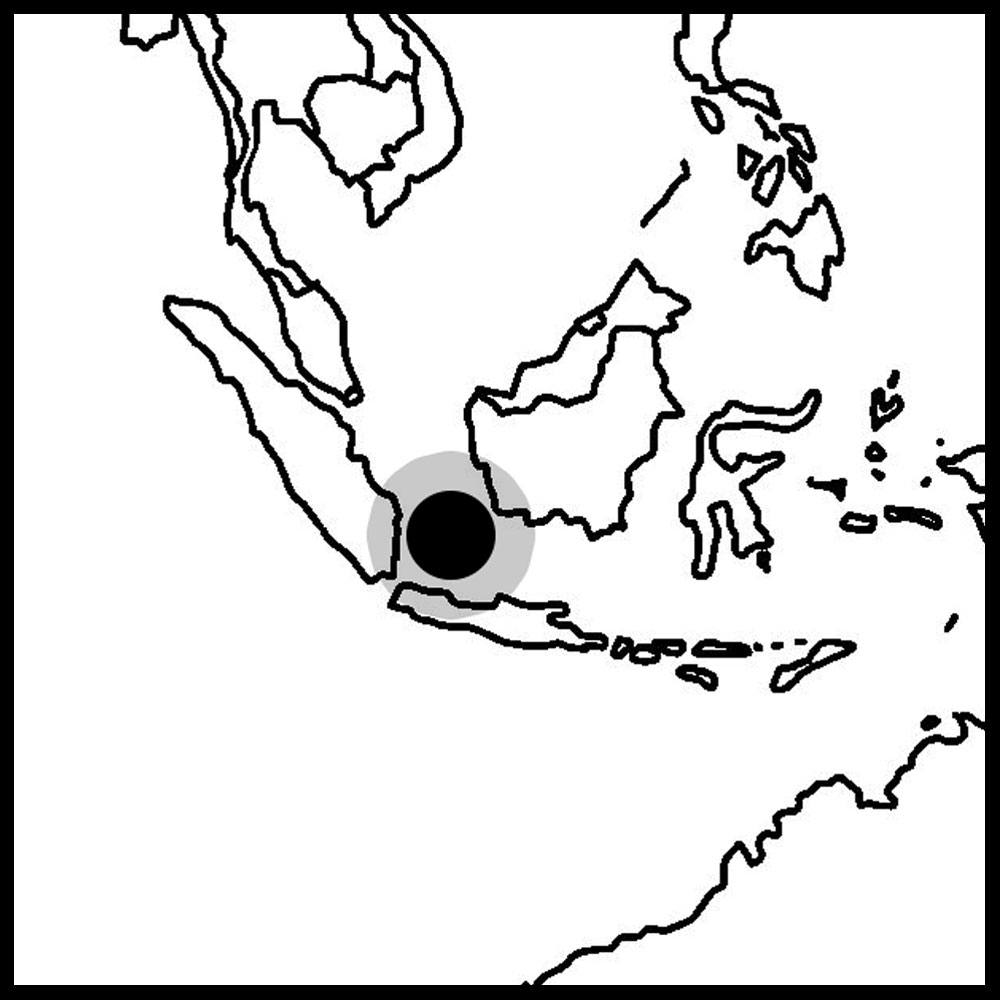Filter
My Wish List
![]() Anacropora Coral Care
Anacropora Coral Care
This article is all about Anacropora, common name is briar coral, but I’ve never heard anyone call them that. The Anacropora is one of those corals where the scientific name is the de facto common name. Having said that, “briar coral” is a somewhat fitting name because as the colony gets larger the branches fuse together resembling a briar patch. As fas as classification goes, Anacropora is part of the Acroporidae family along with popular corals such as Acropora and Montipora. I always thought they looked like a more branching version of a Montipora setosa, especially when you look at how the polyps are spaced out on the body and how there are no terminal polyps at the tips of each branch like an Acropora would have.

As for color variants, I’ve only seen a few different color morphs which is kind of disappointing considering how many color morphs other corals in this family have. So far, I’m only aware of a tan color, electric green color, and a red color. I would be interested to see if more color morphs are discovered, but that is a little less likely these days because there are not many corals coming out of Indonesia where these corals are typically found.
![]() Location
Location
Anacropora are found in the islands of the Indo-Pacific including Fiji, Tonga, Solomon Islands, and the Great Barrier Reef.

![]() Lighting
Lighting
I would recommend either medium to light light, anything from 100 PAR to 300 PAR. This coral will change color depending on the type and intensity of lighting provided. More light = lighter colony color, medium light = more rich colors brown polyp color which is lost in high light.
The main concern is to avoid shocking a new addition with too much light right away. This is true for pretty much all newly added corals. Far more damage is done by initial overexposure to light rather than too little light. If you have a particularly high intensity lighted tank, let’s say with an average of 200+ PAR, just take the requisite steps to allow the coral to slowly adapt to those lighting conditions. If you see it start to fade or worse yet bleach, find a spot under an overhand low in the tank or a spot off axis from the source of light where the intensity is lower.
Low Light


Lighting is a loaded topic, so for a more in-depth discussion of lighting, please see our detailed lighting video.
![]() Water Flow
Water Flow
I would recommend medium to high flow, but again pay attention to the size and density of the colony. As the colony grows and starts to bramble, less and less flow get to the interior polyps so it may be necessary to add flow as time goes on.
My worry is if there isn’t enough water flow you might run into issues where nutrients can’t get to the middle of the colony and waste can’t get out leading to a collapse from the inside out essentially.
![]() Water Chemistry
Water Chemistry
Anacropora is a very fast growing coral which is both a positive and negative. Fast growing SPS make maintaining water chemistry more of a moving target. Keeping constant levels of calcium, alkalinity, and magnesium is not terribly difficult early on, but as colonies grow to 10 or even 100 times their original size they soak up a much higher volume of major and minor elements, so what worked year 1 might not work so well in year 2.
Once the colonies start growing, keep an eye out on these parameters and remember that consistency is what to shoot for. Here at Tidal Gardens we try to keep water chemistry close to natural sea water levels. People like to keep their levels slightly higher than NSW because it provides a slight buffer in the event of a dip, but it’s more of a crutch because again consistency is the goal rather than a particular value.
In the video below, I cover three different aquariums that utilize different techniques to manage their chemistry.
![]() Feeding
Feeding
In addition to lighting, coral get nutrients from feeding. Anacropora like many other SPS aren’t ones to put on spectacular feeding displays and many successful hobbyists don’t make any special effort to feed them. That said, if you wanted to be proactive about feeding take a look at very small meaty fare such as rotifers and consider amino acids as well.

![]() Propagation
Propagation
This genus for the most part has been propagated extensively in captivity and is an excellent candidate for aquaculture. It is reasonable to believe that a sustainable harvest can be achieved in time.
![]() Summary
Summary
Ok, that just about does it for Anacropora. Until next time, happy reefing!
